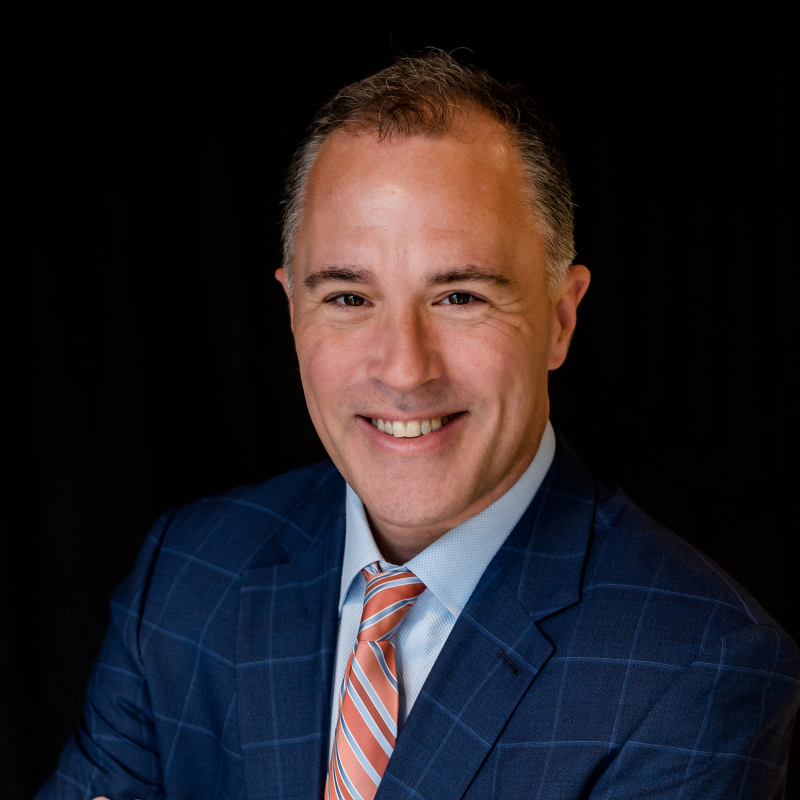Rich Fidler
Director of MSN FNP Program & Associate Professor

Contact
Office
Nichols Hall 244Advising Area
- Master's - Family Nurse Practitioner Program/Post Master's FNP Program
Biography
Dr. Rich Fidler is a nurse, nurse practitioner, nurse anesthesiologist faculty member at Sonoma State who has been a licensed advanced practice nurse for over 30 years. Prior to coming to Sonoma State, Dr. Fidler was an active research scientist at UCSF, specializing in medical device design and usability, with particular focus on cardiovascular monitoring technology and resuscitation devices. Concurrent with his research at UCSF, Dr. Fidler was also the founding Director of Healthcare Simulation Programs at the San Francisco VA Medical Center, where he earned numerous grant funding awards for work in the use of clinical simulation strategies aimed at process evaluation and improvement, systems engineering and redesign, patient safety and quality management, as well as interprofessional education. Dr. Fidler was also the founding Director of the Advanced Fellowship in Clinical Simulation, training more than 30 fellowship alumni from 3 continents. Dr. Fidler continues to maintain an advanced practice clinical role in addition to his faculty role at Sonoma State. In his spare time, Rich works as a private consultant in wine making and is a private pilot who enjoys exploring the skies of California.
Education
Ph.D.--University of California San Francisco--2014
Graduate Certificate in Nurse Anesthesiology--Duke University--2007 C.R.N.A.--Certified Registered Nurse Anesthesiologist--NBCRNA
M.B.A.--University of Virgina Darden School of Business--1999
Graduate Certificate in Adult Nurse Practitioner--University of Pittsburgh--1995
M.S.N.--Critical Care Nurse Practitioner--University of Pittsburgh--1994
B.S.N--Lycoming College--1992
Degrees
PhD, MBA, CRNA, NP, CHSE, FAANSelected Publications & Presentations
1. Fidler R, Niedek C, Teng J, Sturgeon M, Zhang Q, Robinowitz D, Hirsch J. (2021). Aerosol Retention Characteristics of Barrier Devices. Anesthesiology, e-pub ahead of print, 2021 Jan 1;134(1):61-71. doi:10.1097/ALN.0000000000003597. PMID: 33125457 PMCID: PMC7687877.
2. Xiao R, Xu Y, Pelter MM, Fidler R, Badilini F, Mortara DW, Hu X. (2018). Monitoring significant ST-changes through deep learning. J Electrocardiology Aug 1. pii: S0022-0736(18)30344-3. doi:10.1016/j.jelectrocard.2018.07.026. PMID: 30082087.
3. Acar Y, Mehta N, Rich MA, Banu K, Caresky M, Generoso J, Fidler R, Hirsch J. (2019) Using Standardized Checklists Increase the Completion Rate of Critical Actions in an Evacuation from the Operating Room: A Randomized Controlled Simulation Study. Prehospital and Disaster Medicine, Aug 15,34 (4). pp 393-400. DOI: https://doi.org/10.1017/S1049023X19004576
4. Mehta NJ, Latoures R, Stechert MM, Fidler RL, Hirsch J. (2018). Interventions to improve the mechanical ventilation fidelity of the Laerdal SimMan® 3G simulation mannequin. Can J Anesthesia May; 5(5):600-602.doi: 10.1007/s12630-017-1040-8. Epub 2017 Dec 14. PMID: 29243162
5. Fidler R, Pelter M, Drew B, Palacios J, Bai Y, Stannard D, Aldrich JM, Hu X. (2017). Understanding heart rate alarm adjustment in the intensive care units through an analytical approach. PLoS One, Nov27;12(11):e0187855. doi:10.1371/journal.pone.0187855
6. Pelter M, Loranger D, Kozik T, Fidler R, Hu X, Carey M. (2016). Unplanned transfer from the telemetry unit to the intensive care unit in hospitalized patients with suspected acute coronary syndrome,doi.org/10.1016/j.jelectrocard.2016.08.010.
7. Shahriari Y, Fidler R, Pelter M, Bai Y, Villaroman A & Hu X. (2017). Electrocardiogram Signal Quality Assessment Based on Structural Image Similarity Metric. IEEE Trans Biomed Eng. 2017 Jun 21. doi:10.1109/TBME.2017.2717876. PMID 28644794.
8. Pelter MM, Fidler R, Hu X. Research: Association of Low-Amplitude QRSs with False-Positive Asystole Alarms. Biomed Instrum Technol. 2016 Sep-Oct; 50(5):329-35. PMID: 27632038.
9. Bai Y, Do D, Ding Q, Arroyo-Palacios J, Shariari Y, Pelter M, Boyle N, Fidler R, Hu X. (2016). Is the sequence of Super Alarm triggers more predictive than sequences of the currently utilized patient monitor alarms? IEEE Trans Biomed Eng, June 30. PMID: 27390164.
10. Generoso J, Latoures R, Acar Y, Miller D, Ciano M, Sandrei R, Vieira M, Luong S, Hirsch J, Fidler R.(2016). Simulation Training for Early Emergency Response (STEER).
11. Arroyo-Palacios J, Rudz M, Fidler R, Smith W, Ko N, Park S, Bai Y, Hu X. (2016). Characterization of shape differences among ICP pulses predicts outcome of external ventricular drainage weaning trial. Neuro Critical Care, April 22, p 1-10. doi:10.1007/s12028-016-0268-4
12. Fidler, R. & Johnson, M. (2016). Human Factors Approach to Comparative Usability of Hospital Manual Defibrillators. Resuscitation, 101(2016) p. 71-76. doi 10.1016/j.resusitation.2016.01.029.
13. Hirsch, J., Generoso, J., Latoures, R., Acar, Y. & Fidler, R. (2016). Simulation Manikin Modifications for High-Fidelity Training of Advanced Airway Procedures. Anesthesia & Analgesia, January 8. PMID:26752178.
14. Fidler, R; Bond, R; Finlay, D; Guldenring, D; Gallagher, A; Pelter, M; Drew, B; Hu, X. (2015). Human Factors Approach to Evaluate the User Interface of Physiological Monitoring. Journal of Electrocardiology, Nov-Dec 48(6), p. 982-7. doi 10.1016/j.jelectrocard2015.08.032. PMID: 26375330.
15. Fitzgerald, A., Johnson, M., Hirsch, J., Rich, M. & Fidler, R. (2015). Inconsistent shock advisories for monomorphic VT and Torsades de Pointes--A prospective experimental study on AEDs and defibrillators,Resuscitation. DOI:10.1016/j.resuscitation.2015.02.016
16. Nicksa, G.; Anderson, C.; Fidler, R. & Stewart, L. (2015). Innovative Approach using Interprofessional Simulation to Educate Surgical Residents in Technical and Non-Technical Skills in High Risk Clinical Scenarios, JAMA Surgery, March 1. doi: 10.1001/jamasurg.2014.2235
17. Mehta, N., Miyasaki, S., Hirsch, J. & Fidler, R. (2014). Easy to Implement Oral Cavity Modification to Expand Simulation-Based Training in Airway Management, Simulation in Healthcare,doi:10.1097/SIH.00000000000028.
18. Fidler, R.; Hirsch, J.; Stechert, M. & Johnson, M. (2014). Three Modes of Chest Compressions in a Single Patient: A Comparison of Usual Manual Compressions, Automated Compressions, and Open Cardiac Massage, Resuscitation, 10.1016/j.resuscitation.2014.01.010.
19. Stechert MM, Hirsch J, Fidler R, Choukalas C, Cui W. . Successful use of the LUCAS-II automated chest compression device to provide prolonged high quality CPR in a patient with presumed PE and minimal circulation. CCM 2010 Dec:38(12) Supplement.
20. Engberg, S., Bahnson, R., Flood, H., O’Donnell, W., McDowell, J., Mattis, J., Fidler, R., Celko, M. (1998).The Prevalence and Characteristics of Incontinence Post Prostatectomy.

